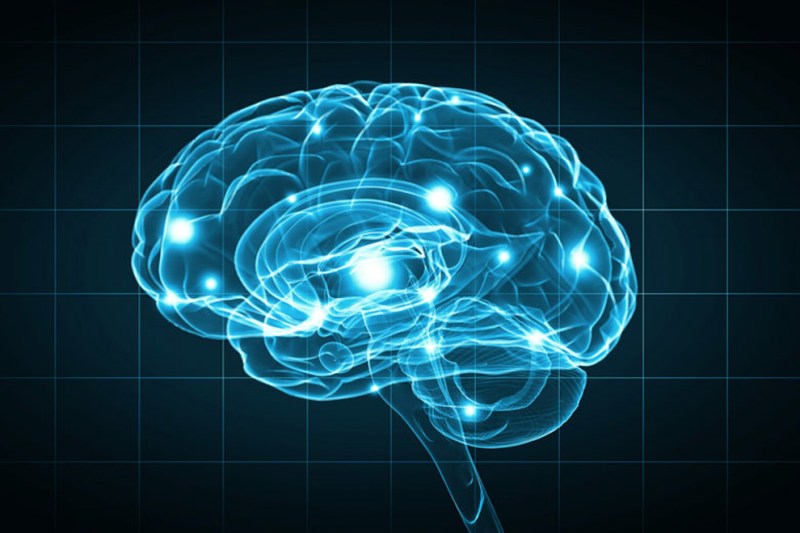Stanford researchers have found a method to reduce withdrawal symptoms in morphine-addicted mice that could potentially lead to more effective treatments for drug addicts.
Most previous research on drug addiction focused on drug reward factors, the reason many addicts start using drugs. However, harsh physical and emotional withdrawal effects that result after the drug is cleaned away from the body’s system are often an addict’s greatest obstacles when trying to quit.
Physical effects of opioid withdrawal include vomiting, diarrhea and nausea, while emotional effects include anxiety, depression and irritability. Many addicts continue drug use to eliminate the pain.
A team of Stanford biologists led by assistant professor of biology Xiaoke Chen has identified the nerve centers in the brain that are responsible for receiving these “aversive withdrawal stimuli” and leveraged its new understanding to ease withdrawal pain in mice.
The biologists’ research, published in the latest issue of Nature, examines the role of the nucleus accumbens, a group of neurons more commonly known for their central role in reward factors. Chen and his colleagues discovered that the nucleus accumbens also responds to aversive stimuli such as the symptoms of drug withdrawal.
“We are the first to focus on examining how the [paraventricular nucleus, PVT]-to-nucleus accumbens pathway responds to aversive stimuli,” Chen said. “To look for withdrawal effects in this region hasn’t been a main focus in the field.”
Chen and his team used a method called optogenetics developed by Karl Deisseroth Ph.D. ’98 M.D. ’00 M.F. ’03, professor of bioengineering and of psychiatry and behavioral sciences. Optogenetics places light-sensitive molecules in the brain that allow light from an optical fiber to turn certain neurons on or off. The technique allows specific control of neural activity.
Using optogenetics, Chen’s team found that drug use enhances the PVT-to-nucleus accumbens pathway; this pathway causes the extreme withdrawal responses that addicts experience.
“Optogenetic tools can be used to decrease this enhancement and restore this drug-enhanced transmission back to the normal state,” Chen said. “By correcting this single synapse in the pathway, we can get rid of the withdrawal effect.”
Chen said that his data also suggests that the PVT-to-nucleus accumbens pathway responds to other non-drug-induced aversive stimuli.
“This is extremely exciting because this research can be used to treat non-drug related cases as well,” Chen said.
The enhanced response to aversive stimuli that drug users experience upon withdrawal is also common in patients struggling with anxiety and depression.
Contact Friend Chaikulngamdee at friendc ‘at’ stanford.edu.
